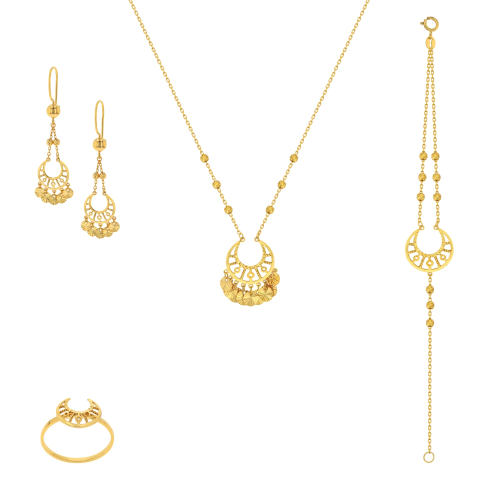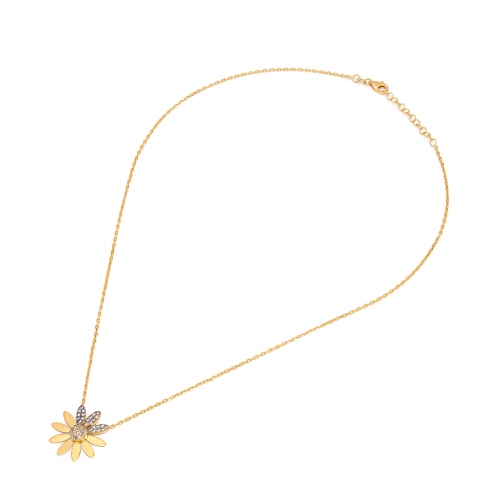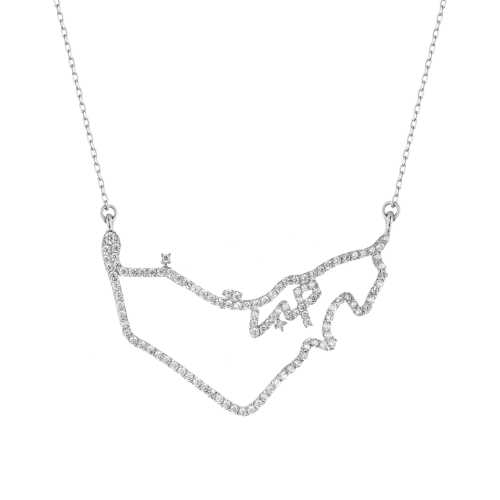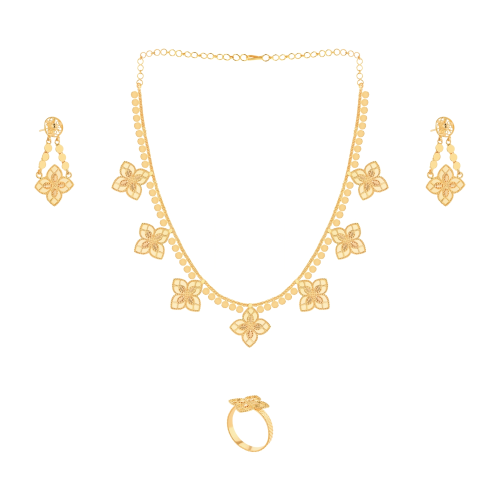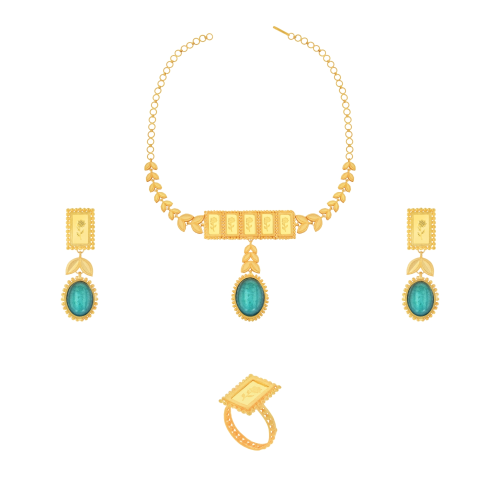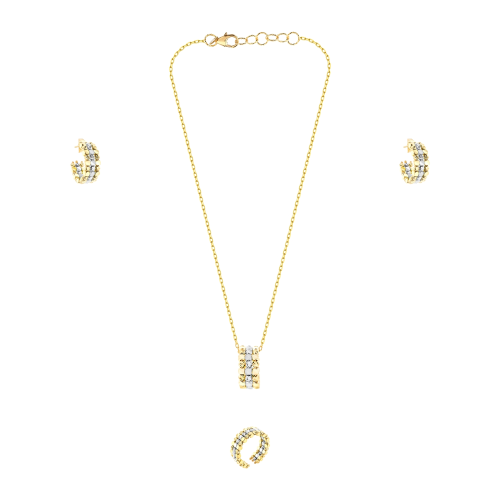Why High Jewelry Clients Are Asking for Lightweight, Layerable Designs
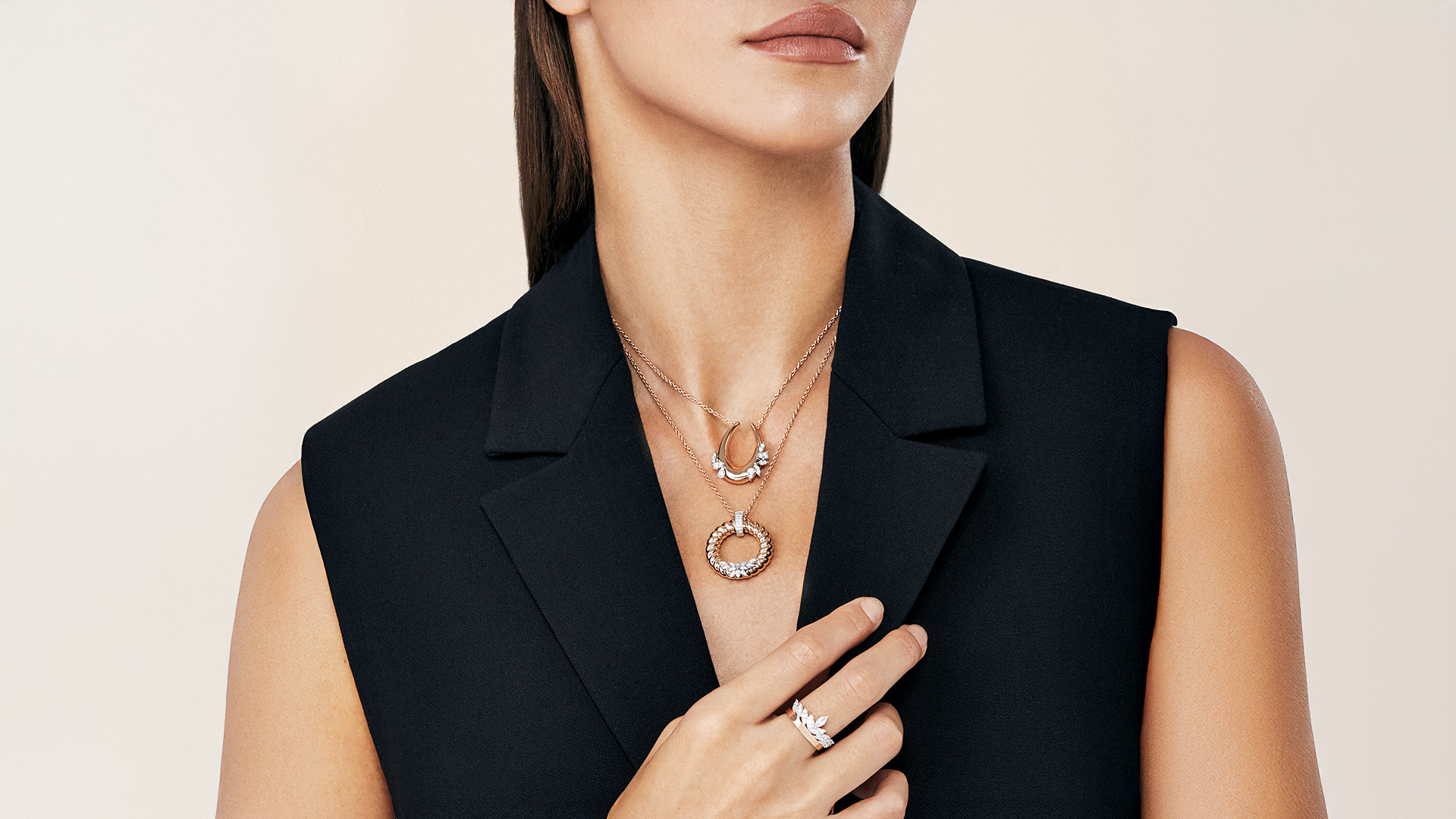
The world of high jewelry is experiencing a quiet revolution. Gone are the days when statement pieces meant heavy, singular showstoppers that dominated an entire look. Today's discerning clients are gravitating toward something entirely different: lightweight, layerable designs that offer versatility without sacrificing luxury.
This shift represents more than just a passing trend. It reflects a fundamental change in how modern jewelry lovers approach personal style, comfort, and the art of self-expression through precious pieces.
The Modern Lifestyle Demands Versatility
Today's high jewelry clients lead dynamic lives that seamlessly blend professional commitments, social engagements, and personal time. They need pieces that can transition effortlessly from a morning board meeting to an evening gallery opening. Heavy, ornate jewelry that requires careful consideration and limits movement simply doesn't fit this lifestyle.
Lightweight designs allow for all-day wear without the fatigue that comes with substantial pieces. When a necklace feels weightless against the skin or earrings don't strain the earlobes after hours of wear, jewelry becomes a natural extension of the wearer rather than a conscious burden.
The layering aspect adds another dimension of versatility. A single delicate chain can stand alone for understated elegance, but when combined with complementary pieces, it creates depth and visual interest. This approach allows clients to customize their look based on the occasion, mood, or outfit without needing an extensive collection of individual statement pieces.
Comfort Meets Luxury
The notion that luxury jewelry must be heavy and cumbersome is becoming obsolete. Advanced techniques in jewelry making now allow artisans to create pieces that maintain their precious metal content and gemstone quality while reducing overall weight. This represents a marriage of traditional craftsmanship with modern innovation.
Clients are discovering that comfort doesn't require compromise. A lightweight diamond tennis bracelet can feature the same quality stones and expert setting work as its heavier counterpart, but with a more refined construction that prioritizes wearability. Similarly, delicate gold chains can showcase exceptional craftsmanship in their link construction while remaining virtually imperceptible when worn.
This comfort factor becomes especially important for pieces worn regularly. Wedding bands, everyday necklaces, and signature earrings benefit enormously from thoughtful weight reduction, as they become treasured companions rather than occasional accessories.
The Art of Layering Creates Personal Style
Layering jewelry has evolved into a sophisticated art form that allows for unprecedented personal expression. Rather than relying on a single piece to make a statement, clients can create combinations that tell their unique story. A delicate initial pendant might layer beautifully with a vintage locket and a modern geometric piece, creating a look that's entirely personal.
This approach also offers practical benefits. Investment pieces can be worn more frequently and, in more combinations, effectively expanding a collection's versatility. A client might own three lightweight necklaces that, when layered thoughtfully, create dozens of different looks depending on how they're combined.
The layering trend has also democratized high jewelry in a sense. While a single magnificent statement necklace might represent a significant investment worn only occasionally, several lightweight pieces at various price points can be collected over time and worn regularly in different combinations.
Changing Social Dynamics
Social media and changing fashion sensibilities have influenced how people approach jewelry wearing. The Instagram-worthy "jewelry stack" has become a legitimate style goal, encouraging people to think creatively about combining pieces. This social element has made jewelry more interactive and personal, moving away from the formal, prescribed ways of wearing precious pieces.
Younger clients have embraced this approach. They view jewelry as an extension of their personal brand and prefer pieces that offer flexibility and creative potential. For them, the ability to create different looks with the same pieces is more valuable than owning a few rarely worn statement items.
Professional environments have also evolved to be more casual in many industries, making delicate, layered jewelry more appropriate for daily wear than dramatic statement pieces that might feel out of place in modern office settings.
Technical Innovation Enables New Possibilities
Advances in jewelry manufacturing have made lightweight, layerable designs more achievable without sacrificing quality. Techniques like hollow construction, advanced alloys, and precision engineering allow jewelers to create pieces that maintain their structural integrity and visual impact while reducing weight.
Computer-aided design has also enabled more precise planning of layering combinations. Designers can now create collections specifically intended to work together, ensuring that chains rest at complementary lengths and pendants don't interfere with one another when worn simultaneously.
These technical capabilities have opened new creative avenues for designers, who can now focus on creating harmony between multiple pieces rather than maximizing the impact of single items.
Investment Value and Practicality
From an investment perspective, lightweight, layerable pieces often offer better long-term value. Their versatility means they're worn more frequently, providing better cost-per-wear ratios. Additionally, trends toward minimalism and flexibility suggest these pieces will remain relevant longer than more dramatic, trend-specific designs.
The practical aspects extend beyond wearing comfort. Lightweight pieces are easier to travel with, require less specialized storage, and are generally lower maintenance than their heavier counterparts. For clients who travel frequently or live minimalist lifestyles, these factors represent significant advantages.
The Future of High Jewelry
This movement toward lightweight, layerable designs represents a maturation of the high jewelry market. Clients are becoming more sophisticated in their understanding of quality, value, and personal style. They're seeking pieces that enhance their lives rather than constraining them.
As this trend continues to evolve, we can expect to see even more innovation in construction techniques, design approaches, and the development of cohesive collections designed specifically for layering. The future of high jewelry lies not in isolated masterpieces, but in creating ecosystems of complementary pieces that work together to enhance the wearer's individual style.
The shift toward lightweight, layerable designs reflects a broader change in how luxury is perceived and valued in modern life. Today's clients want pieces that integrate seamlessly into their lives, offering beauty, quality, and versatility in equal measures. This evolution represents not a departure from traditional values of fine jewelry, but rather their refinement for contemporary living.
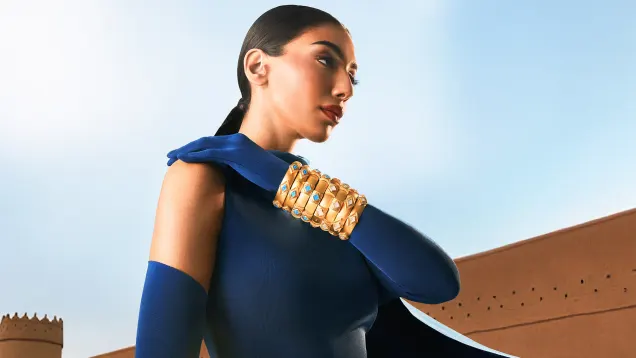
Our Promise
Fast shipping
Receive your jewelry in maximum 3 days.
Return guaranteed
Requesting a return is quick and easy.
Ethical Sourcing
Ethically Sourced Materials
Payments
Buy in the most convenient way for you.
